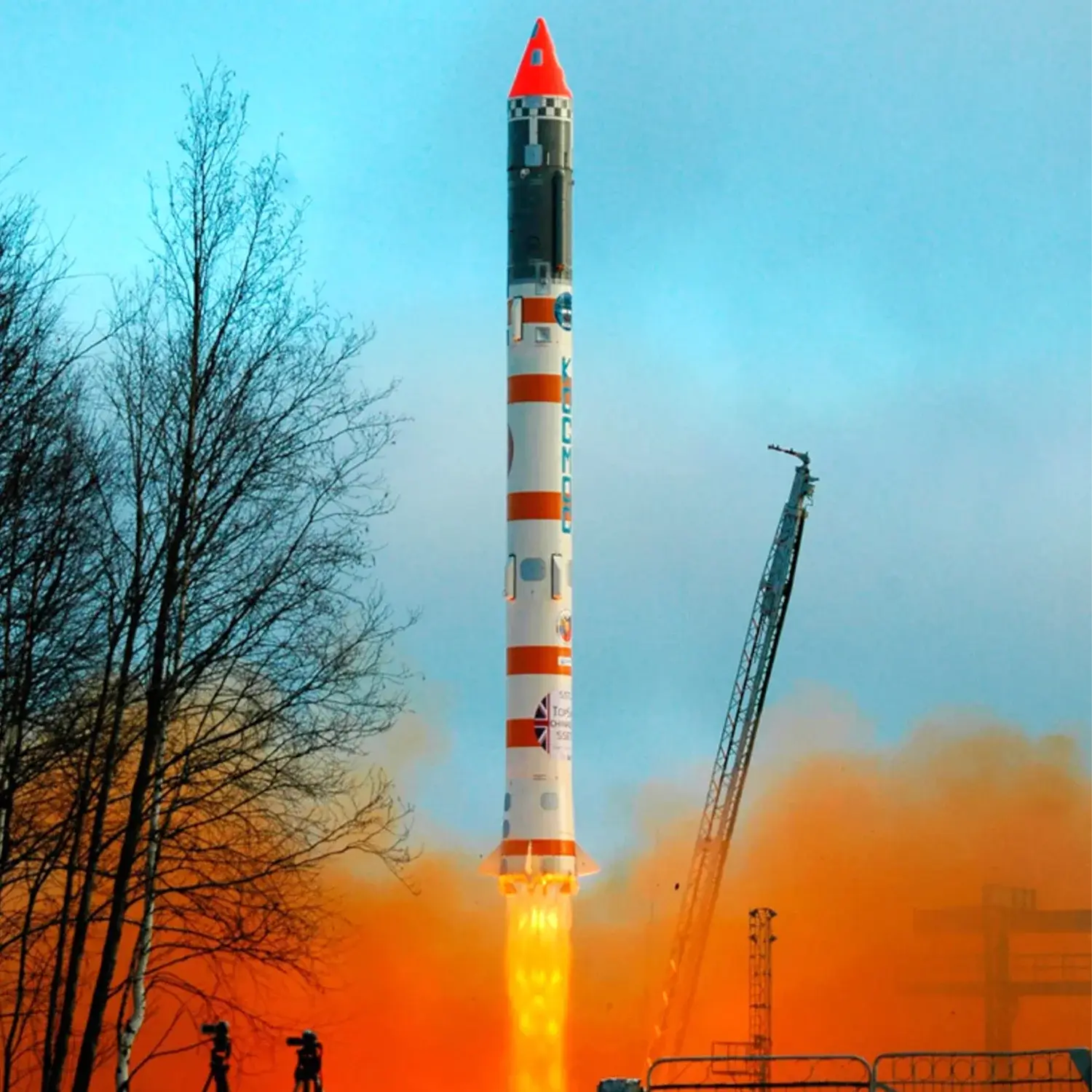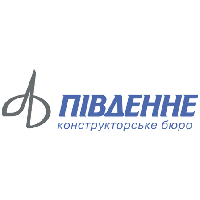Nadiezhda n°8 & Astrid 2
Launch Success
Liftoff Time (GMT)
11:57:09
Thursday December 10, 1998
Mission Details
Nadiezhda n°8
It's a satellite of the Nadiezhda constellation. Nadezhda was a Soviet civilian satellite navigation system used by the Soviet Merchant Marine and Academy of Sciences, but also by the military, as part of the Tsikada constellation. They featured also a COSPAS search and rescue system. The Nadezhda and Tsikada satellites were very similar to the Parus satellites and also used a NPO PM built pressurized cylindrical bus with gravity-gradient stabilization. The satellites transmitted Doppler-shifted VHF transmissions at around 150 MHz and 400 MHz of their position and orbital characteristics. They operated from a 1000 km orbit with 82.9° inclination. Satellites were placed in planes spaced 45° apart. The development of Tsikada began in 1974 and the first satellite was launched in 1976. The system entered the operational phase in 1978.
Low Earth Orbit
1 Payload
820 kilograms
Astrid 2
Astrid-2 is Sweden's second scientific microsatellite developed by Swedish Space Corporation's Space Systems Division in Solna, Sweden. Astrid-2 was launched piggyback on a Kosmos-3M rocket from Plesetsk on 10 December 1998. On 24 July 1999 the contact with the satellite was lost during a passage. Several attempts to re-establish the contact have been made without any results. During the 7.5 months in orbit, Astrid-2 delivered a large quantity of data to the scientists.
Low Earth Orbit
1 Payload
29 kilograms
Launch Site
Stats
Cosmos-3
451st
Mission
1st
Mission of 1998
1998
77th
Orbital launch attempt

